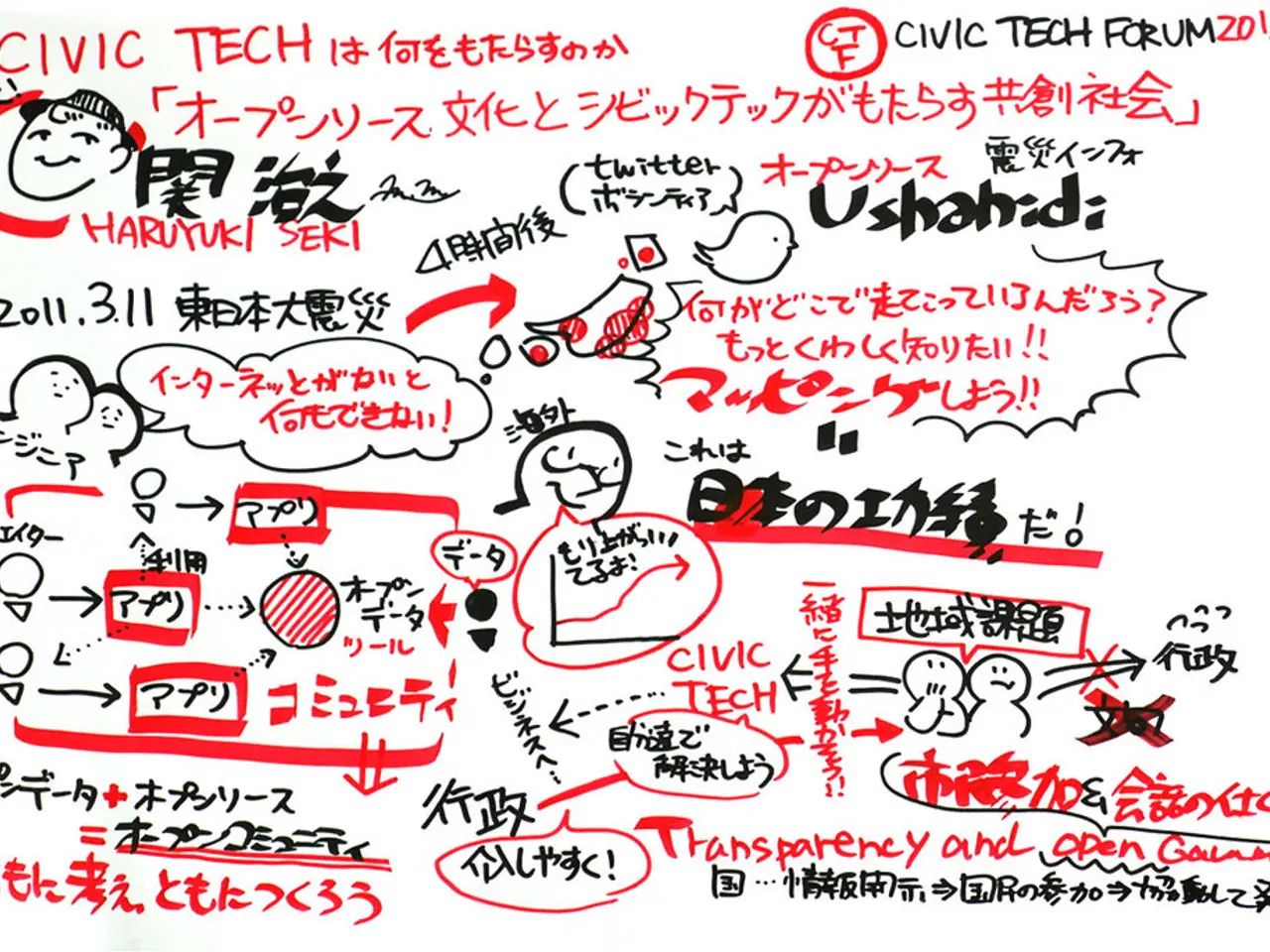Delving into Various 3D Art Approaches for Video Games: An Overview of Prominent Styles
In the world of game development, 3D art plays a crucial role in creating a game's unique visual identity. By outsourcing customized 3D game art, developers can steer clear of the pitfalls of blending into the crowd and establish a distinctive presence.
Stylized 3D Art: A Vibrant Palette for Storytelling
Stylized 3D art is a powerful tool for game developers, allowing them to emphasize unique, exaggerated forms and colors to create visually striking, memorable characters and worlds. This style is ideal for emotional impact, accessibility, and performance in games, particularly in the mobile and VR/AR sectors due to comfort and clarity. Notable examples include Genshin Impact, Disco Elysium, Hollow Knight (stylized influences even though 2D), and Journey.
Low-Poly 3D Art: A Nod to the Past, a Leap into the Future
Low-poly art, characterized by simpler polygon counts, has resurged in popularity due to nostalgia and creative freedom. It allows developers to prioritize gameplay and artistic style over technical complexity, making it suitable for indie titles or art-driven experiences. Games like Fortnite (elements of low-poly) and The Legend of Zelda: Echoes of Wisdom showcase the versatility of this style.
HD-2D / 2D-3D Hybrid Style: A Bridge Between Worlds
HD-2D or 2D-3D hybrid techniques combine classic 2D pixel or hand-drawn character art with 3D environments, enhanced with shaders, dynamic lighting, and perspective tricks to create a modern cinematic look. Examples like Octopath Traveler II, Hades (3D characters in 2D worlds), and Ori and the Blind Forest (uses 3D in backgrounds) demonstrate how dynamic lighting and perspective harmonization can create a distinctive cinematic style.
Realistic 3D Art: A World of Immersive Believability
Realistic 3D art focuses on lifelike details, physics, and textures to create immersive, believable worlds. Games such as Red Dead Redemption 2 (natural landscapes), Grand Theft Auto V (urban), and The Last of Us Part II (detailed interiors) show how urban and natural environments can be meticulously crafted to support gameplay and narrative depth.
Each style serves different game genres and development goals—stylized and low-poly are favored for distinct looks, performance, and emotional impact, while realistic styles suit immersive, epic-scale experiences. Hybrid styles bridge nostalgia and modern graphics, offering unique visual signatures.
Collage Art: A Mosaic of Creativity
Collage art, known for its textural diversity and ability to convey complex themes by juxtaposing disparate visual elements, is particularly suited for educational and indie games. For instance, "Cartoon Network Universe: FusionFall" is a notable example of the collage art style, combining characters and worlds from various Cartoon Network series into a unified, visually diverse universe.
Low poly 3D art, on the other hand, optimizes performance, enhancing game performance, making it ideal for mobile platforms and extensive game worlds. Examples of games using low poly 3D art include "Astroneer," "The Witness," "Poly Bridge," and "Superhot."
Choosing the right 3D art for your game can be tricky, but understanding the nuances of digital 3D art can help make your games visually stunning and uniquely memorable. Each style offers a unique blend of artistic freedom, clarity, and efficiency, ensuring that every game stands out in its own way.
Gadgets powered by artificial-intelligence could potentially revolutionize the field of game development, enabling developers to create more immersive and responsive player experiences using 3D art styles, such as the low-poly art in "Fortnite" or the HD-2D hybrid in "Octopath Traveler II."
Technology advancements in artificial-intelligence paired with 3D art could lead to the development of games with unique mechanisms that adapt to players' behaviors and preferences, enhancing gameplay and creating a more personalized experience for players.




